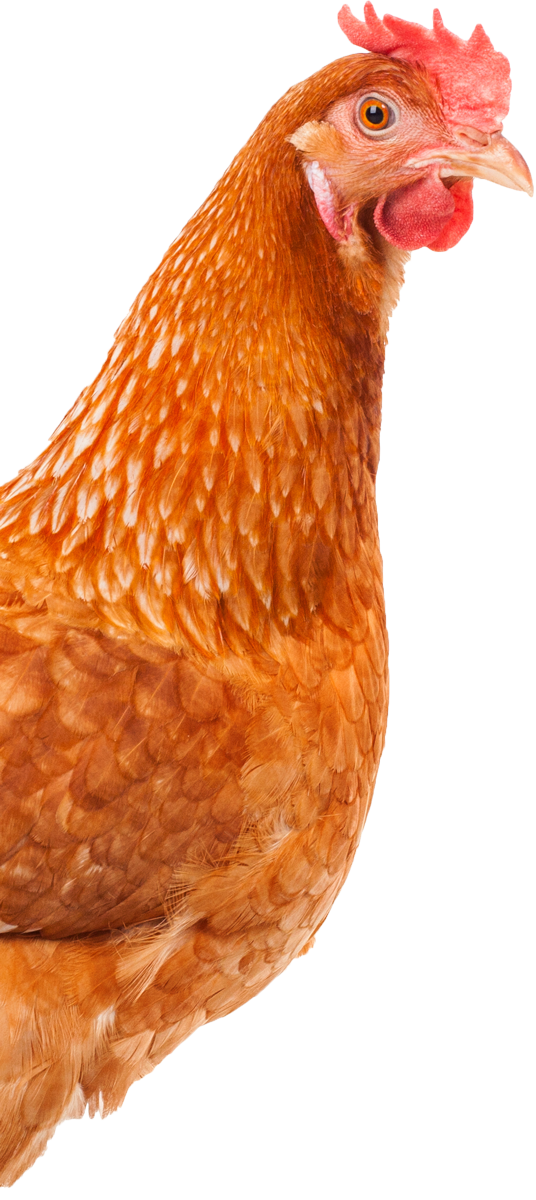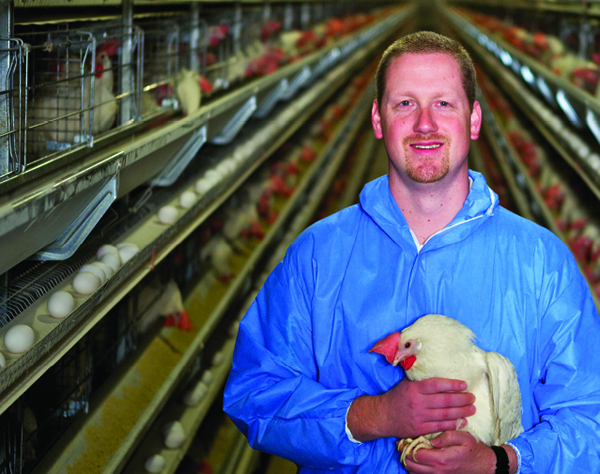OVER 50 YEARS STRONG
Since 1968, UEP has worked at the direction of its farmer-members to deliver the best possible environment for egg farms to grow and prosper. UEP and U.S. egg farmers work diligently to advance high standards for egg safety, environmental responsibility and hen well-being while producing a nutritious, affordable supply of eggs.
United Egg Producers was established in 1968 as a farmer cooperative of five regional marketing cooperatives. As members of their regional cooperative, individual egg producers then became members of the national organization, UEP. In 2018 the organization celebrated 50 years of “Leadership by Egg Farmers for Egg Farmers.” View UEP’s 50th Anniversary history book and video below.


